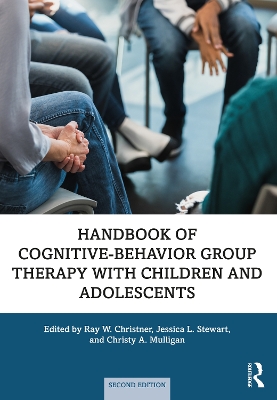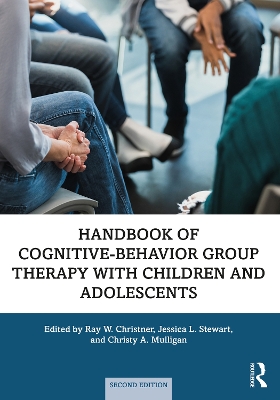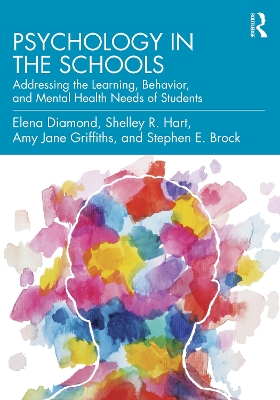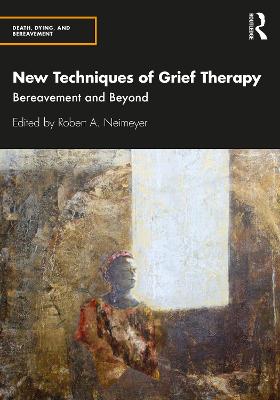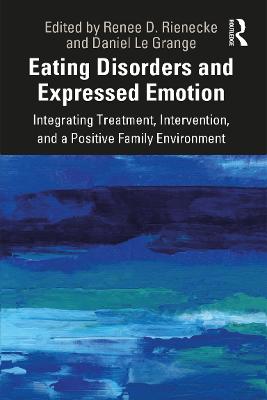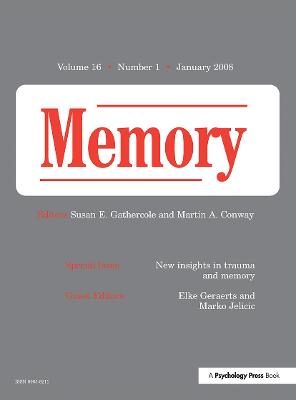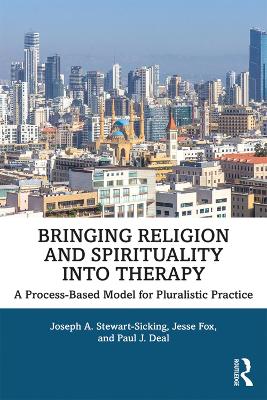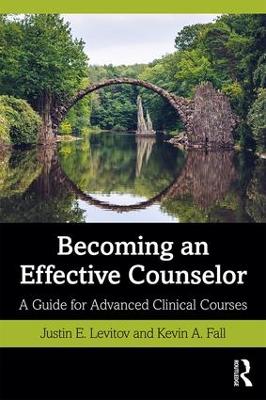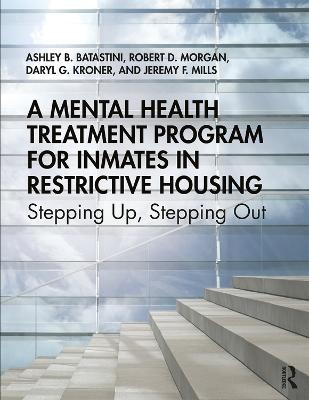Assessment and Treatment of Non-Suicidal Self-Injury
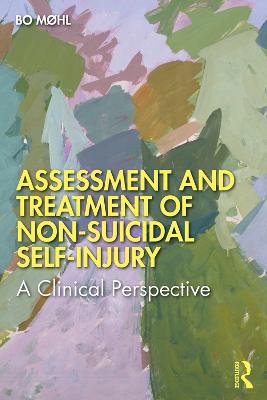 -10%
portes grátis
-10%
portes grátis
Assessment and Treatment of Non-Suicidal Self-Injury
A Clinical Perspective
Mohl, Bo
Taylor & Francis Ltd
06/2019
218
Mole
Inglês
9781138349803
15 a 20 dias
453
Direct self-injury
Indirect self-injury
Self-injury by proxy
Digital self-harm
Terminology
Typologies of self-injury
Chapter 2. Non-suicidal self-injury - an independent diagnosis?
Categorizing self-injurers in non-clinical populations
Autonomous diagnosis in DSM-5
Differential diagnoses
Chapter 3. Epidemiology and gender differences
Prevalence in different age groups
Onset, course and prognosis
Gender differences
Women cut, men hit themselves
A literary example of a man who self-injures
Chapter 4. Self-injury as a sign of the times
Historical descriptions of self-injury
Skin
Late modern society
When perfect becomes the new normal
Self-injury as social pathology
Demedicalizing and normalizing self-injury
Social media
Chapter 5. Historical theories and new models for understanding non-suicidal self-injury
Historical theories
Emotion dysregulation and three theoretical models
The benefits and barriers model
Vulnerability and resilience factors for the development of self-injurious behaviour
Risk factors
Resilience factors
Diversity in the presentation of self-injury
Chapter 6. Attachment, affect regulation and growing up in an invalidating environment
Attachment
Internal working models
The Strange situation and patterns of attachment
Mind-in-mind and affect regulation
Congruent and marked mirroring
The alien self
Mentalizing
Mentalizing, mindfulness and validation
Developing a mentalizing capacity
Good mentalizing
Failure of mentalizing deficit and NSSI
Dissociation
Dissociation and self-injury
The biosocial theory and the impact of an invalidating childhood environment
Chapter 7. From meaning to function
A functional model of NSSI
Model for perpetuation self-injuring behaviour
Functions of NSSI
Chapter 8. Pathophysiology and neurobiological perspectives on self-injury
The role of neurotransmitters in NSSI
Adrenalin, noradrenalin and cortisol
The low road and the high road
Endogenous opioids
Serotonin
Other neurotransmitters
Chapter 9. Assessment of patients with non-suicidal self-injury
Therapeutic contact with the self-injuring patient
Assessing patients with self-injury
Assessment instruments
Motivation for treatment
Levels of treatment
Prioritizing treatment focus
Chapter 10. Treatment of non-suicidal self-injury - an overview
Problem-Solving Therapy (PST)
Manual-Assisted Cognitive Therapy (MACT)
Emotion Regulation Group Therapy (ERGT)
Mobile apps
Family therapy
Physical exercise
Medical treatment
Core elements in the psychotherapeutic treatment of NSSI
Chapter 11. Dialectical Behaviour Therapy
Dialectical dilemmas
Treatment structure
The five stages of DBT
Validation
Change strategies
Crisis card
Contact between patient and therapist
Effect of DBT on NSSI
Chapter 12. Mentalization-based therapy - keeping mind in mind
Treatment structure
Case formulation
Treatment principles
General intervention
Intervention hierarchy
Elements of MBT
Impact of MBT on NSSI
Chapter 13. Treating self-injury during hospitalization
Emotional dysregulation during hospitalization
Sedatives
Self-injury by proxy - mechanical restraints
The spiral of self-injury - the 'tacit dialogue'
Reactions that may exacerbate self-injuring behaviour
NSSI and peer influence
Principles of a non-confrontational culture
The practical organization of the treatment
Chapter 14. When a loved one self-injures
Walking on eggshells
Accepting the difficult situation
Survivor's guilt
Neutral topics
Talk about it
Educate yourself online and via the literature
Parental burnout
Parental relations - GIVE
Scars
Direct self-injury
Indirect self-injury
Self-injury by proxy
Digital self-harm
Terminology
Typologies of self-injury
Chapter 2. Non-suicidal self-injury - an independent diagnosis?
Categorizing self-injurers in non-clinical populations
Autonomous diagnosis in DSM-5
Differential diagnoses
Chapter 3. Epidemiology and gender differences
Prevalence in different age groups
Onset, course and prognosis
Gender differences
Women cut, men hit themselves
A literary example of a man who self-injures
Chapter 4. Self-injury as a sign of the times
Historical descriptions of self-injury
Skin
Late modern society
When perfect becomes the new normal
Self-injury as social pathology
Demedicalizing and normalizing self-injury
Social media
Chapter 5. Historical theories and new models for understanding non-suicidal self-injury
Historical theories
Emotion dysregulation and three theoretical models
The benefits and barriers model
Vulnerability and resilience factors for the development of self-injurious behaviour
Risk factors
Resilience factors
Diversity in the presentation of self-injury
Chapter 6. Attachment, affect regulation and growing up in an invalidating environment
Attachment
Internal working models
The Strange situation and patterns of attachment
Mind-in-mind and affect regulation
Congruent and marked mirroring
The alien self
Mentalizing
Mentalizing, mindfulness and validation
Developing a mentalizing capacity
Good mentalizing
Failure of mentalizing deficit and NSSI
Dissociation
Dissociation and self-injury
The biosocial theory and the impact of an invalidating childhood environment
Chapter 7. From meaning to function
A functional model of NSSI
Model for perpetuation self-injuring behaviour
Functions of NSSI
Chapter 8. Pathophysiology and neurobiological perspectives on self-injury
The role of neurotransmitters in NSSI
Adrenalin, noradrenalin and cortisol
The low road and the high road
Endogenous opioids
Serotonin
Other neurotransmitters
Chapter 9. Assessment of patients with non-suicidal self-injury
Therapeutic contact with the self-injuring patient
Assessing patients with self-injury
Assessment instruments
Motivation for treatment
Levels of treatment
Prioritizing treatment focus
Chapter 10. Treatment of non-suicidal self-injury - an overview
Problem-Solving Therapy (PST)
Manual-Assisted Cognitive Therapy (MACT)
Emotion Regulation Group Therapy (ERGT)
Mobile apps
Family therapy
Physical exercise
Medical treatment
Core elements in the psychotherapeutic treatment of NSSI
Chapter 11. Dialectical Behaviour Therapy
Dialectical dilemmas
Treatment structure
The five stages of DBT
Validation
Change strategies
Crisis card
Contact between patient and therapist
Effect of DBT on NSSI
Chapter 12. Mentalization-based therapy - keeping mind in mind
Treatment structure
Case formulation
Treatment principles
General intervention
Intervention hierarchy
Elements of MBT
Impact of MBT on NSSI
Chapter 13. Treating self-injury during hospitalization
Emotional dysregulation during hospitalization
Sedatives
Self-injury by proxy - mechanical restraints
The spiral of self-injury - the 'tacit dialogue'
Reactions that may exacerbate self-injuring behaviour
NSSI and peer influence
Principles of a non-confrontational culture
The practical organization of the treatment
Chapter 14. When a loved one self-injures
Walking on eggshells
Accepting the difficult situation
Survivor's guilt
Neutral topics
Talk about it
Educate yourself online and via the literature
Parental burnout
Parental relations - GIVE
Scars

